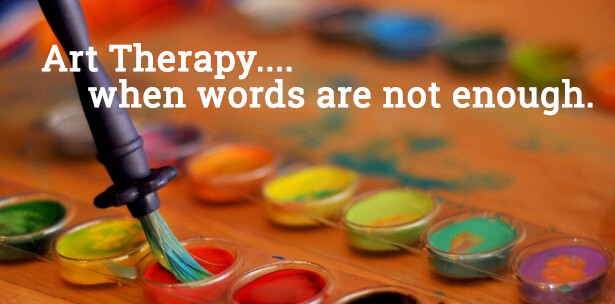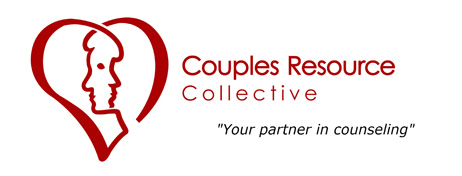Art Therapy
What is Art Therapy?
Art Therapy is a therapeutic modality that uses various forms of art and creativity to help individuals process their emotions and gain psychological insight through examining their art. Art Therapy may be used on its own, or it might also be used as a component of or complement to another mental health treatment. The forms of art used in Art Therapy are usually visual arts including painting, drawing, collage, and sculpture. Other creative arts, such as music and creative writing, are also used for therapeutic purposes but are usually considered to be their own unique modalities.
In addition to being used in individual therapy, Art Therapy is sometimes used in therapy for couples, families, and even in community-based mental health programs.
The duration of Art Therapy can vary widely depending on your therapist and treatment goals. Some people may engage in Art Therapy for just a session or two, while Art Therapy may be a component of ongoing treatment in other cases.

How does Art Therapy work?
Art Therapy is designed to provide a number of different psychological benefits. You don’t need to be an artist or have any artistic talent to benefit from Art Therapy, and it isn’t designed to help you improve your artistic skills. Its goals can vary depending on the context in which its being used, but a few of the most common ways that Art Therapy works include:
- Providing opportunity for self-expression: Art can be a safe, positive way to express thoughts, feelings, or memories that you might otherwise find it difficult to voice.
- Building self-esteem: The process of completing a creative project can be a way to find value in yourself and build the confidence to try things you might find intimidating.
- Gaining psychological insight: Some forms of Art Therapy may include attention to the symbols present in your creative work, with your therapist helping you understand the potential subconscious meanings behind the images you create.
- Processing emotions: The boundaries of a creative project can provide a so-called “container” for strong emotions both positive and negative, giving you a place to express them without worrying that they might become overwhelming.
- Stress reduction: Creative work is known to be an effective way to deal with stress, so Art Therapy can help you calm worries and build new coping mechanisms for difficult situations.
No matter the goal, Art Therapy is always guided by a trained therapist who is there to build a safe space for self-expression and help you process your creative work. An art therapist will never evaluate or critique your art.
How is a typical Art Therapy session structured?
Because Art Therapy is a relatively broad field, the structure of sessions will vary. However, most of the time you’ll begin your first session by discussing the concerns or issues you’d like to focus on with your therapist. Your therapist may ask questions about your motivations for starting therapy and what kinds of goals you’d like to work toward, and then you’ll work together to establish a treatment plan.
After that, most sessions will focus on creating and discussing your art. Especially early on, your therapist may simply suggest certain kinds of creative work and observe you as you draw, paint, sculpt, or work on whatever kind of art you’ve agreed on. Your therapist will likely pause from time to time to ask about your feelings and experience of creating your art, as well as any memories or thoughts that come up during the process. Later on, your therapist will probably make observations about your work and ask questions to help determine their meaning. For example, your therapist might notice that you tend to draw birds, or that you always sketch out your designs before coloring them in. Most sessions will conclude with a discussion of the day’s work and your emotional and psychological reactions to it.
What mental health conditions is Art Therapy good for?
Art Therapy may be used in treatments for a variety of conditions, and any of these treatments may include a variety of artistic media, though painting and drawing remain most common. Some of the conditions commonly treated by Art Therapy include:
- Anxiety
- Depression
- Addiction
- Trauma
- Mental health concerns related to illness or medical treatment
- Mental health conditions of childhood, particularly for children who are nonverbal or have less-developed verbal skills
Art Therapy is not limited to individuals coping with the above concerns. Generally speaking, anyone who is interested in gaining psychological insight and processing emotions creatively might benefit from working with an art therapist.
How effective is Art Therapy?
Research suggests that Art Therapy can be an effective treatment for a variety of concerns. One review of a wide range of Art Therapy studies found that it was associated with positive outcomes for a wide range of treatment goals and populations. Another study reviewed another set of studies and came to a similar conclusion, though both recommended that more research be conducted to establish exactly how effective Art Therapy is in different contexts
What should I look for in a practitioner for Art Therapy?
Art Therapy can be provided by a wide range of practitioners, including social workers, psychologists, and psychiatrists. There is no specific credential that all Art Therapy practitioners have, but many certified by the Art Therapy Credentials Board (ATCB), and all art therapists have advanced training in both mental health treatment and artistic practice.
In addition to looking for therapists who are ATCB-certified, you might ask potential therapists how long they’ve been practicing Art Therapy, what kind of training they’ve received in this modality, and what kinds of art practices they generally use in their sessions.

